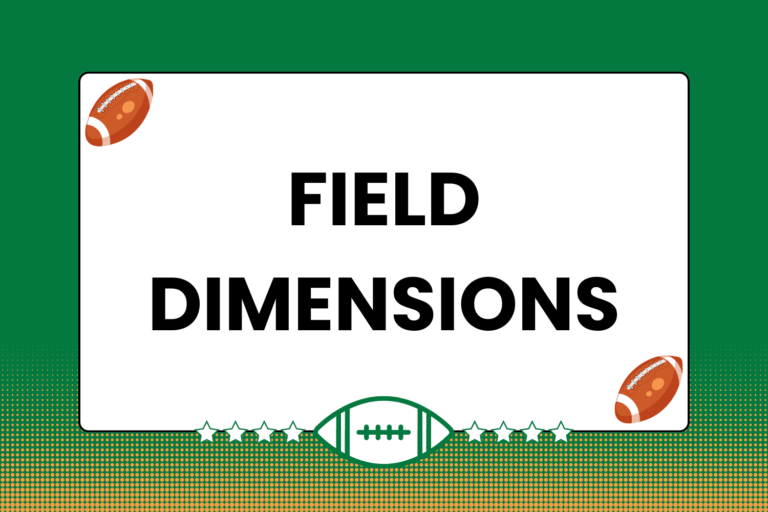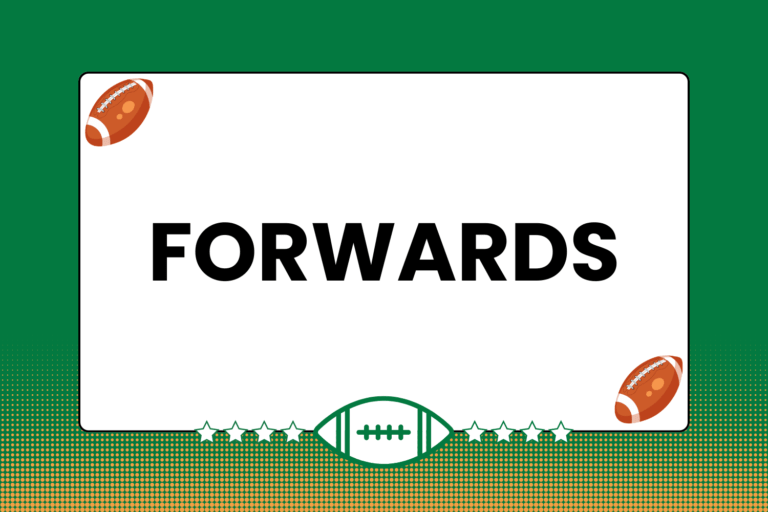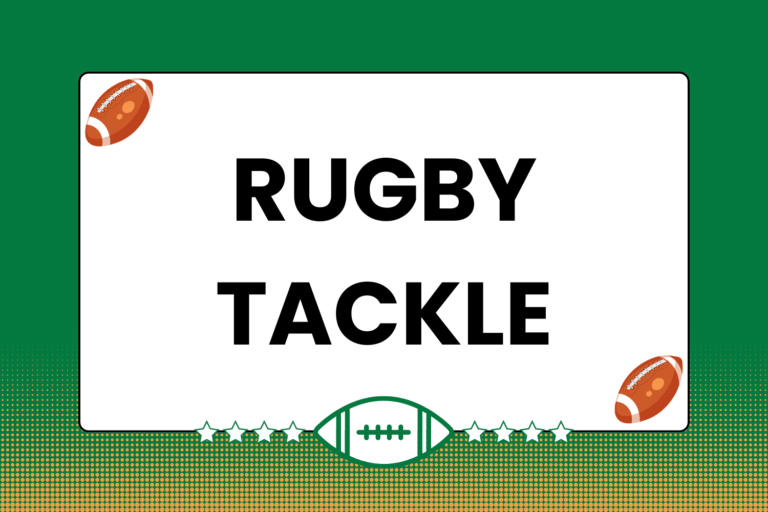The game of rugby is designed to be a continuous contest. Although game play is occasionally interrupted, ample effort is expected from both officials and players alike to resume the game as quickly as possible. Because of this, it can occasionally be difficult to determine what exactly occurred in the game that resulted in a pause in the action.
However, with every instance of such pauses comes a brief explanatory signal from the referee (or in some cases the touch judge) that explains what just took place. This guide identifies and explains some of the more common in-game situational signals that the officials use to communicate what’s taking place on the field.
Penalties & Points
Two of the most common causes of game stoppage are when one player commits a penalty, or when one player scores points. In the case of penalties, the referee will blow the whistle to pause the game, identify the offending player, and explain to the non-offending team what its options are for restarting play.
These pauses are relatively brief, compared to the pause that occurs after a player scores points; the added delay comes from the fact that players from both teams must reset themselves into their respective kick-off positions. Below are descriptions of the various points-scoring and penalty signals.
Hot Tip: Keeping Time
Although the game clock is supposed to run continuously, occasionally something will happen that requires the clock be stopped (many such instances are listed below). To control the game clock, the referee will raise one arm straight up and blow the whistle to stop the clock, then repeat the action when the clock should resume.
Penalty Kick

The referee will signal for a penalty kick by standing at the spot of the infraction, both shoulders parallel to the touchlines, with the arm closest to the non-offending team angled up and toward that team.
Free Kick
Similar to a penalty kick, a free kick will be awarded to the non-offending team when the spot of the infraction is too far away to attempt a penalty kick. A player from the non-offending team will punt the ball away from the spot of the infraction; if it goes out of bounds, a line-out will occur at the spot where the ball first went into touch. Otherwise, play resumes.
The referee will signal for a free kick by standing at the spot of the infraction, both shoulders parallel to the touchlines, with the arm closest to the non-offending team bent 90 degrees at the elbow and facing that team.
Try and Penalty Try
Scoring tries is the best way to accumulate points, as one try is worth five points. A try is scored when one player touches the ball down in the opposing team’s in-goal zone, after which five points are awarded to that player’s team.
Occasionally when one team is very close to scoring a try, the defending team will commit a penalty that, had it not been committed, would have resulted in the advancing team scoring a try. This is also worth five points.
In both instances, the referee will blow the whistle with one arm raised straight up; how close the referee stands to the spot of the try depends on the number of players in that area.
Mental Edge
When one team commits a penalty but it does not impede the non-offending team from advancing the ball, the referee will allow for advantage play. If the non-offending team advances the ball past a certain point, the referee will call out that the advantage is over; if the offending team prevents the non-offending team from advancing the ball, play will pause and the referee will award a penalty to the non-offending team.
Regardless of the outcome, the referee will signal for advantage play by calling out “Advantage ____.” The ref will use the non-offending team’s name or main color in place of the blank, with the arm closest to the non-offending team raised approximately waist-high and towards that team.
Touch Judge Signals
Occasionally the touch judges will have a role in signaling what happens during a game. Although the referee will handle the vast majority of the signaling, there are a few areas of the game that specifically require a signal from the touch judges:
- Kick at goal successful: Whenever a penalty kick or conversion goal is attempted, both touch judges will position themselves behind the uprights where the kick/goal is aimed. When the kick goes through the uprights, both touch judges will raise their flags straight up.
- Touch and team to throw in: When the ball goes into touch, it is up to the touch judge covering that in-touch line to determine both the spot where the ball went into touch, as well as which team will throw the ball in on the ensuing line-out. To signal both of these things, the touch judge will stand on the touch line at the spot where the ball was determined to have gone into touch, with the arm closest to the throwing team pointed in that direction, and the flag raised straight up.
- Foul play: Since there are 30 rugby players normally on the field at once, occasionally the referee will not see a penalty or dirty act committed by one player. In those instances, the touch judge will stand on the touch line near where the penalty was committed, with the flag raised up to waist-height and pointed in towards the field.
With regard to an illegal play, the call still has to officially come from the referee. In situations where the touch judge sees an infraction that the referee does not, the touch judge must report the situation to the referee; from there, the referee will ask for the touch judge to recommend the appropriate call.
Knowledge is Power
Though other signals exist and are occasionally used, these are among the most common game play signals that anyone involved with rugby — from players and coaches to the casual fan — should expect to see on a regular basis. Aside from learning about them here, the best way to familiarize yourself with any aspect of the game is to watch a rugby team, and then get out and play!





